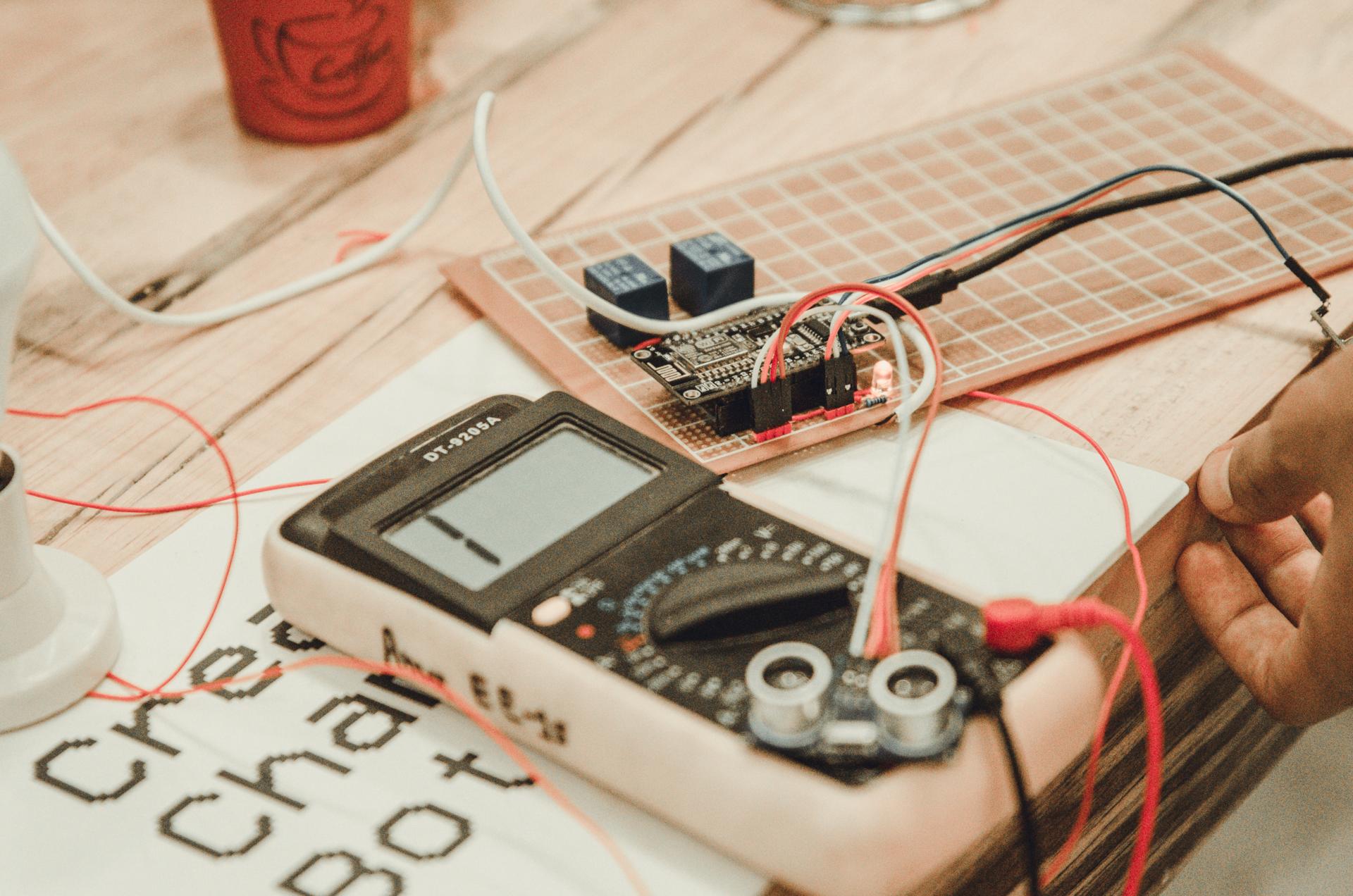A Beginner's Guide to Performing an Electrical Safety Test at Your Place

In the realm of security in your home, one of the most crucial areas to consider is the safety of electrical wiring. Testing for electrical safety is the process of checking the electrical system of your home to ensure that it’s safe and current. In this article we’ll provide the basics of what electrical safety tests are, what equipment you’ll require in order to carry them out, the best method to conduct the tests and what warning signs to be aware of.
What exactly is the definition of an Electrical Safety Test?
A safety test for electrical appliances is the process of checking the electrical system inside your home to make sure it’s functioning safely and in a proper manner. Electrical safety tests are important because they can help prevent electrical accidents and fires and also ensure the long-term durability the electrical systems you have.
Equipment Required to conduct an Electrical Safety Test
For conducting an electrical safety test you’ll need a few essential tools. This includes an electrical voltage tester and a continuity tester a circuit tester, as well as the outlet tester. A voltage tester can look for live circuits while the continuity tester is used to check for circuits that are damaged. The circuit tester is utilized to look for wiring issues and the outlet tester is used to check for wiring issues at the outlets. It is crucial to use the tools correctly in order to obtain accurate results.
How do you conduct an electrical Safety Test
To conduct the electrical test inside your home Follow these steps:
Switch off the power source on the circuit or circuits you’re testing.
Make use of the voltage tester to check whether there are live circuits.
Use the test for continuity to test the integrity of your circuit.
Make use of the circuit tester to test for wiring faults.
Use the outlet tester to look for electrical problems in the outlets.
During the testing process make sure you look for indications of wear or damage on the wires that could indicate broken or frayed wires burn marks, as well as loose or damaged connections. If you find any issues, it’s important to address them as soon as possible to prevent potential hazards.
Signs of Electrical Problems to be Watchful for
There are several warning signs that could indicate electrical problems in your home. This includes flickering lights frequently tripping the circuit breaker, buzzing or crackling sounds from outlets, the appearance of outlets that are discolored or hot as well as a burning smell. If you observe any of these warning signs, it’s important to act immediately to prevent possible electrical hazards.
Conclusion
Electrical safety tests are crucial to ensure the safety of your home and family. By performing regular tests and fixing any issues quickly, you can avoid potential electrical hazards and extend the lifespan of your electrical system. If you need assistance in electrical repairs or testing do not hesitate to call Local Electrician Kings Langley. Our experienced team can offer you expert advice and assistance. Contact us via 1300 610 481 to schedule an appointment or request a quotation.
FAQ Section
When should I conduct an electrical safety check in my home?
We suggest conducting tests of electrical safety at least once a year.
Do I have the ability to conduct an electrical safety test on my own or do I need a professional?
While it’s possible to perform an electrical safety test on your own but it’s best to hire an expert to guarantee accurate results and prevent potential hazards.
What are the most frequently encountered electrical problems that can be found in an electrical safety test?
The most frequently-repeated electrical issues discovered during a safety check comprise defective wiring, circuits that are overloaded, and outdated electrical systems.
What should I do if I encounter a problem during the electrical safety check?
If you discover a problem in the electrical safety test, it’s important to act immediately. This could include getting a professional electrician to address the issue, or replacing faulty equipment.
